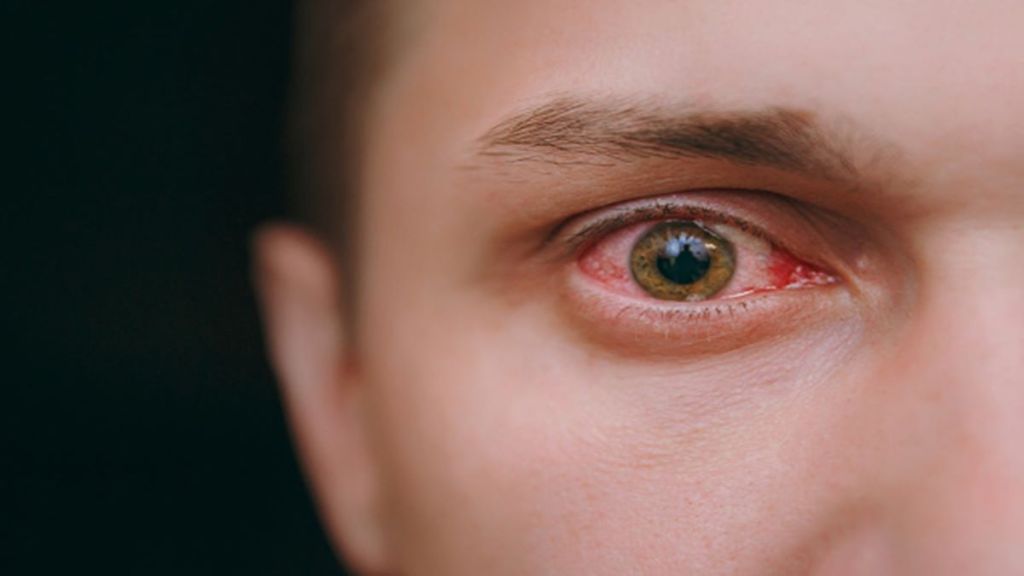COVID-19 in India: India on Thursday reported recorded 3,962 COVID-19 cases in the last 24 hours. According to Union Health Ministry data, the daily positivity rate is at 2.17 percent and the weekly Positivity Rate is at 3.13 percent.
The new subvariant, XBB.1.16 “Arcturus,” has been responsible for the recent surge in COVID-19 cases in India. According to health experts, a new symptom is emerging from the latest COVID-19 subvariant: conjunctivitis, also known as “pink eye.”
Three years into the COVID-19 pandemic, doctors and health experts have witnessed numerous symptoms and it is noteworthy that these symptoms vary from person to person. After COVID-19 just like a runny nose can no longer be ignored as a simple cold or flu, now red and itchy eyes, especially in babies and young children, may also be a symptom of XBB.1.16, an omicron subvariant now being closely monitored by global health experts.
According to the World Health Organization (WHO), this new Covid strain has been in circulation in more than 22 countries since March 2023. In the COVID-19 infection caused by this strain, conjunctivitis has now become its defining feature.
What is Conjunctivitis or Pink Eye?
Conjunctivitis, also known as Pink Eye, is the inflammation or infection of the transparent membrane that lines your eyelid and eyeball. According to health experts, typical symptoms of Pink Eye involves redness and a gritty sensation in your eye, along with itching.
According to Mayo Clinic, Conjunctivitis is extremely contagious and is spread by contact with eye secretions from someone who is infected.
In India, doctors began to see conjunctivitis as a COVID-19 symptom in early April.
How serious is Pink Eye as a COVID-19 symptom?
Children get Pink Eye frequently, so you shouldn’t panic if your child has red, itchy eyes. According to doctors, eye symptoms alone are probably not a sign of the virus. However, if your child has been exposed to the virus or if they have other symptoms, like fever or cough, get them tested.
It is noteworthy that many respiratory viruses have eye symptoms in their spectrum of illness. Moreover, most cases of pink eye are caused by adenovirus, but also can be caused by other viruses, including herpes simplex virus and varicella-zoster virus, according to Johns Hopkins Medicine.
Pink Eye can also be caused by viral or bacterial infections, as well as allergies.
Earlier, between one to three percent of total COVID patients experienced pink eye and World Health Organization (WHO) already considers pink eye as a symptom of COVID-19.
Symptoms of COVID-19 related Pink Eye
- In rare instances COVID pink eye cases can linger for two to three weeks.
- Eye pain and cloudy vision from cornea involvement
- What to do if you have Pink Eye?
- Bacterial pink eye is typically treated with eye drops containing antibiotics.
- For viral infections, a person might get comfort from a cool washcloth or artificial tears.
Preventive measures that you should take if you have Pink Eye
- Avoid touching your eyes
- Wash your hands regularly with soap and water
- Don’t share personal items such as eye makeup with others









